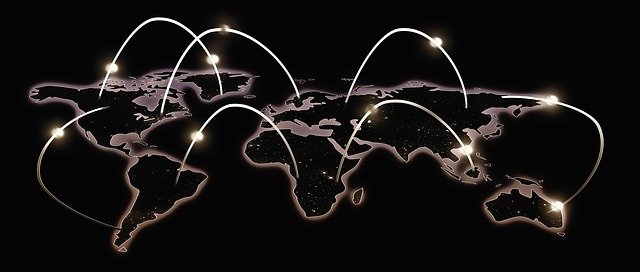In computer science, data mapping is the process of creating a correspondence between two data sets. This can be done in many ways, but the most common is to create a table that shows how the data sets correspond to each other.
There are many uses for data mapping, but the most common is to help with data conversion. When data sets are not in the same format, it can be very difficult to convert one into the other. By creating a data map, you can see exactly how the two data sets correspond to each other, and thus make the conversion much easier. You can check RemoteDBA for more information.
What is data mapping?
Data mapping is the process of creating a correspondence between two data sets. This can be done in many ways, but the most common is to create a table that shows how the data sets correspond to each other. Data mapping is used for many purposes, but the most common use is to help with data conversion. When data sets are not in the same format, it can be very difficult to convert one into the other. By creating a data map, you can see exactly how the two data sets correspond to each other, and thus make the conversion much easier. You can do this easily after getting Online GIS certificates from a reputed institute.
How is data mapping used?
Data mapping is used for many purposes, but the most common use is to help with data conversion. When data sets are not in the same format, it can be very difficult to convert one into the other. By creating a data map, you can see exactly how the two data sets correspond to each other, and thus make the conversion much easier.
What are the benefits of data mapping?
The benefits of data mapping are numerous, but the most important is that it can help you convert data from one format to another. When data sets are not in the same format, it can be very difficult to convert one into the other. By creating a data map, you can see exactly how the two data sets correspond to each other, and thus make the conversion much easier. Additionally, data mapping can help you understand complex data sets, and find relationships between data that would otherwise be hidden.
What are the challenges of data mapping?
One of the biggest challenges of data mapping is that it can be time-consuming and difficult to create a map that is accurate and useful. Additionally, data sets can change over time, which can render a map obsolete. Finally, maps can be difficult to interpret, especially if they are large and complex.
How do I create a data map?
There is no one way to create a data map, but the most important thing is to make sure that the map is accurate and useful. To do this, you will need to understand the data sets that you are mapping, and how they correspond to each other. Additionally, it is often helpful to create a prototype map before creating the final version. This can help you test the accuracy of the map, and make sure that it is easy to interpret.
What are some tips for creating a data map?
Some tips for creating a data map include:
- Make sure that the map is accurate and useful. To do this, you will need to understand the data sets that you are mapping, and how they correspond to each other.
- Create a prototype map before creating the final version. This can help you test the accuracy of the map, and make sure that it is easy to interpret.
- Use software that is designed for data mapping. Some of these include Microsoft Excel, Google Sheets, and Tableau.
- Keep the map simple. Complex maps can be difficult to interpret, and may actually hide important relationships between data sets.
- Update the map regularly. Data sets can change over time, which can render a map obsolete.
Conclusion:
Data mapping is a process of creating a correspondence between two data sets. This can be done in many ways, but the most common is to create a table that shows how the data sets correspond to each other. Data mapping is used for many purposes, but the most common use is to help with data conversion.


